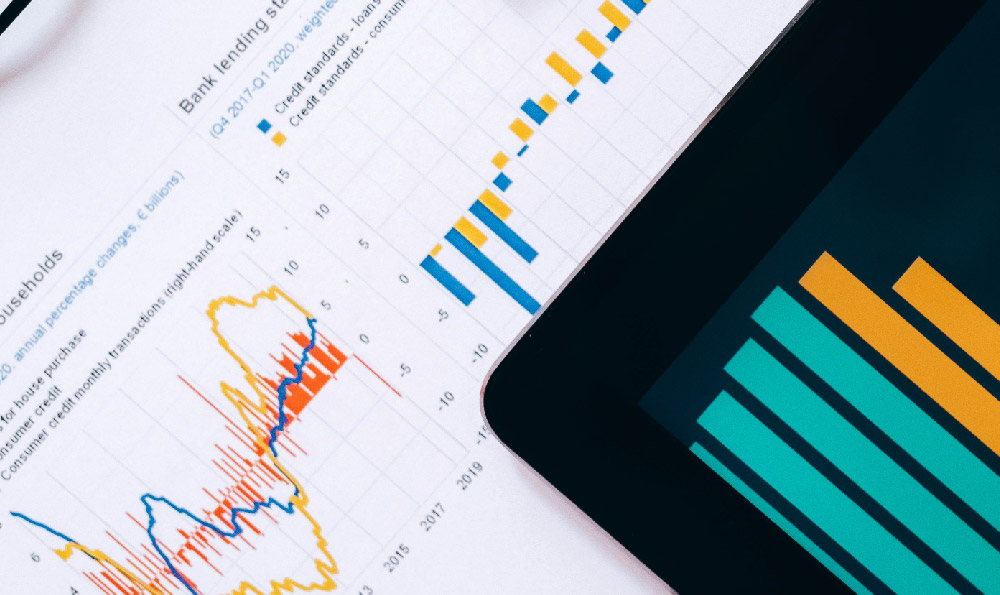
Okay, I understand. Here's an article answering the question "Gold and Silver for Beginners: Where to Start and How to Invest?", focusing on providing a comprehensive overview for newcomers and avoiding bullet points and numbered lists.
Investing in precious metals like gold and silver has been a time-honored strategy for hedging against economic uncertainty, preserving wealth, and diversifying portfolios. For beginners, however, the world of precious metals can seem daunting. It's crucial to approach this investment avenue with a clear understanding of its nuances, potential risks, and suitable strategies.
Before diving into the specifics of gold and silver, it's essential to grasp their inherent characteristics as investment assets. Gold has historically been considered a safe-haven asset, meaning its value tends to rise during periods of economic turmoil, market volatility, and geopolitical instability. This stems from its scarcity, intrinsic value, and long-standing acceptance as a store of wealth. Silver, on the other hand, is considered both a precious metal and an industrial metal. While it shares some of gold's safe-haven properties, its price is also influenced by industrial demand, particularly in electronics, solar panels, and photography. This dual nature makes silver potentially more volatile than gold, offering both greater opportunities for gains and increased risk of losses.

So, where does a beginner start? The first step involves educating oneself about the various ways to invest in gold and silver. Physical gold and silver, in the form of coins, bars, and bullion, are the most direct way to own these metals. Buying physical precious metals provides a tangible asset that you can hold and store. This option requires careful consideration of storage solutions, insurance, and potential premiums charged by dealers. When purchasing physical gold or silver, it is paramount to deal with reputable dealers to avoid counterfeit products or unfair pricing. Comparing prices from multiple sources and verifying the authenticity of the metal are essential due diligence practices.
Another popular avenue for investing in precious metals is through Exchange Traded Funds (ETFs) and Exchange Traded Commodities (ETCs). These investment vehicles track the price of gold or silver and offer a convenient and liquid way to gain exposure to these metals without the hassle of physical storage. Gold ETFs, for instance, typically hold physical gold in vaults and issue shares that represent a fraction of that gold. Silver ETFs operate similarly. These instruments allow investors to buy and sell shares like stocks on a stock exchange, making them easily accessible and relatively cost-effective. However, it's important to note that ETFs and ETCs are subject to management fees and tracking errors, which can slightly detract from the performance of the underlying metal.
Mining stocks represent another way to gain exposure to the precious metals market. Investing in companies that mine gold and silver can provide leverage to the price of the metals, as their profitability is directly linked to the prices of the commodities they produce. However, mining stocks are also subject to company-specific risks, such as operational challenges, political instability in mining regions, and fluctuating production costs. Thorough research into the company's management, financial health, and mining operations is crucial before investing in mining stocks.
For those seeking a more diversified approach, mutual funds that focus on precious metals can be an option. These funds typically invest in a basket of gold and silver mining stocks, providing diversification within the sector. However, mutual funds also come with management fees and may not perfectly track the price of gold or silver.
Determining the appropriate investment amount in gold and silver is a crucial aspect of portfolio management. Financial advisors often recommend allocating a small percentage of your overall portfolio, typically between 5% and 10%, to precious metals as a hedge against inflation and economic uncertainty. The specific allocation should depend on your risk tolerance, investment goals, and overall financial situation. Younger investors with a longer time horizon may be able to tolerate a slightly higher allocation to precious metals, while older investors approaching retirement may prefer a more conservative approach.
Understanding the factors that influence gold and silver prices is also essential for making informed investment decisions. Economic indicators, such as inflation rates, interest rates, and unemployment figures, can significantly impact the demand for gold and silver. Geopolitical events, such as wars, political instability, and trade disputes, can also drive prices higher as investors seek safe-haven assets. Monitoring these factors and staying informed about market trends can help you anticipate price movements and make strategic investment decisions.
Avoiding common investment traps is crucial for protecting your capital in the precious metals market. One common mistake is succumbing to fear and greed, buying high when prices are soaring and selling low when prices are falling. Maintaining a disciplined investment strategy and avoiding emotional decision-making are essential for long-term success. Another pitfall is investing in unproven or speculative precious metals schemes, which often promise unrealistic returns and carry a high risk of loss. Sticking to established investment vehicles and dealing with reputable financial institutions is paramount. Finally, neglecting to diversify your portfolio can expose you to excessive risk. Allocating a small percentage of your portfolio to precious metals as part of a broader diversification strategy is generally a prudent approach.
In conclusion, investing in gold and silver can be a valuable component of a well-diversified portfolio, providing a hedge against economic uncertainty and preserving wealth over the long term. For beginners, a gradual and informed approach is key. Start by educating yourself about the different ways to invest in precious metals, understanding the factors that influence their prices, and developing a disciplined investment strategy. By avoiding common investment traps and seeking professional advice when needed, you can navigate the world of gold and silver investing with confidence and potentially achieve your financial goals. Remember, investing in precious metals is not a get-rich-quick scheme, but rather a long-term strategy that requires patience, diligence, and a clear understanding of the market dynamics.





